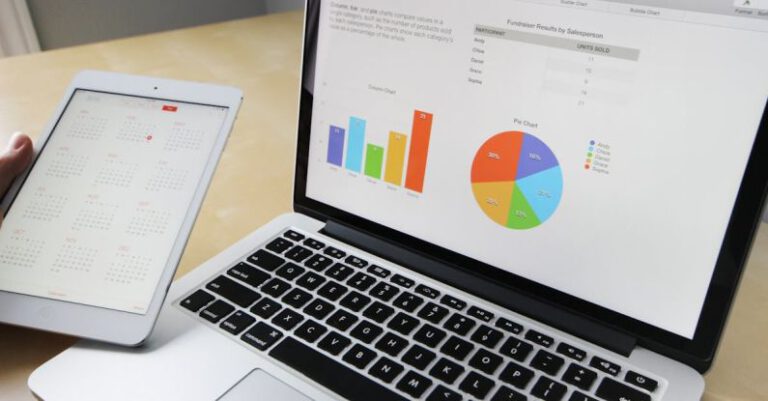The Role of Ai in Enhancing Data Analysis
In today’s data-driven world, the volume of information generated each day is staggering. Companies, organizations, and individuals are constantly seeking ways to extract valuable insights from this vast sea of data to inform decision-making and drive innovation. Artificial intelligence (AI) has emerged as a powerful tool in enhancing data analysis, revolutionizing the way we process, interpret, and utilize data. By leveraging AI technologies, businesses can uncover hidden patterns, gain deeper insights, and make more informed decisions. Let’s explore the pivotal role of AI in enhancing data analysis.
Unlocking Insights Through Machine Learning
Machine learning, a subset of AI, plays a crucial role in data analysis by enabling systems to learn from data without being explicitly programmed. By employing algorithms that iteratively learn from data, machine learning models can identify patterns, trends, and anomalies that may not be apparent to human analysts. This capability allows organizations to extract valuable insights from large datasets efficiently and accurately.
Machine learning algorithms can be trained to recognize complex patterns in data, such as customer behavior, market trends, or machine performance, enabling organizations to make data-driven decisions with greater precision. Whether it’s predicting customer preferences, optimizing supply chain operations, or detecting fraudulent activities, machine learning algorithms can analyze vast amounts of data at scale to provide actionable insights that drive business growth and efficiency.
Enhancing Data Processing and Analysis
AI technologies, such as natural language processing (NLP) and computer vision, have transformed the way data is processed and analyzed. NLP algorithms can interpret and analyze unstructured text data, such as customer reviews, social media posts, and emails, to extract valuable insights and sentiment analysis. This capability allows organizations to understand customer feedback, market trends, and emerging issues more effectively.
Similarly, computer vision algorithms can analyze and interpret visual data, such as images and videos, to extract meaningful information. From detecting defects in manufacturing processes to recognizing objects in surveillance footage, computer vision can automate tasks that were once manual and time-consuming. By integrating NLP and computer vision technologies into data analysis processes, organizations can unlock new opportunities for innovation and efficiency.
Improving Decision-Making with Predictive Analytics
Predictive analytics, powered by AI, enables organizations to forecast future outcomes based on historical data and statistical algorithms. By analyzing patterns and trends in data, predictive analytics can help businesses anticipate customer behavior, market trends, and operational challenges. This proactive approach to decision-making empowers organizations to mitigate risks, capitalize on opportunities, and stay ahead of the competition.
Predictive analytics can be applied across various industries and use cases, from predicting equipment failures in manufacturing to forecasting customer demand in retail. By leveraging AI-driven predictive analytics, organizations can optimize resource allocation, improve operational efficiency, and enhance customer satisfaction. The ability to make data-driven predictions enables businesses to make informed decisions that drive profitability and growth.
Empowering Data Scientists and Analysts
AI empowers data scientists and analysts by automating repetitive tasks, streamlining workflows, and augmenting human capabilities. By leveraging AI-powered tools and platforms, data professionals can focus on high-value tasks, such as interpreting results, developing insights, and making recommendations. This symbiotic relationship between AI and human expertise enables organizations to harness the full potential of their data assets.
AI-driven tools, such as automated data cleansing, feature engineering, and model selection, can accelerate the data analysis process and improve the accuracy of insights. By automating routine tasks and providing intelligent recommendations, AI enables data scientists to focus on strategic initiatives and creative problem-solving. This collaboration between humans and machines enhances the efficiency and effectiveness of data analysis efforts.
Harnessing the Power of AI in Data Analysis
The role of AI in enhancing data analysis is undeniable, revolutionizing the way organizations extract insights, optimize processes, and make decisions. By leveraging machine learning, NLP, computer vision, predictive analytics, and AI-powered tools, businesses can unlock the full potential of their data assets and drive innovation. As AI continues to evolve and advance, its impact on data analysis will only grow stronger, enabling organizations to thrive in an increasingly data-driven world.






